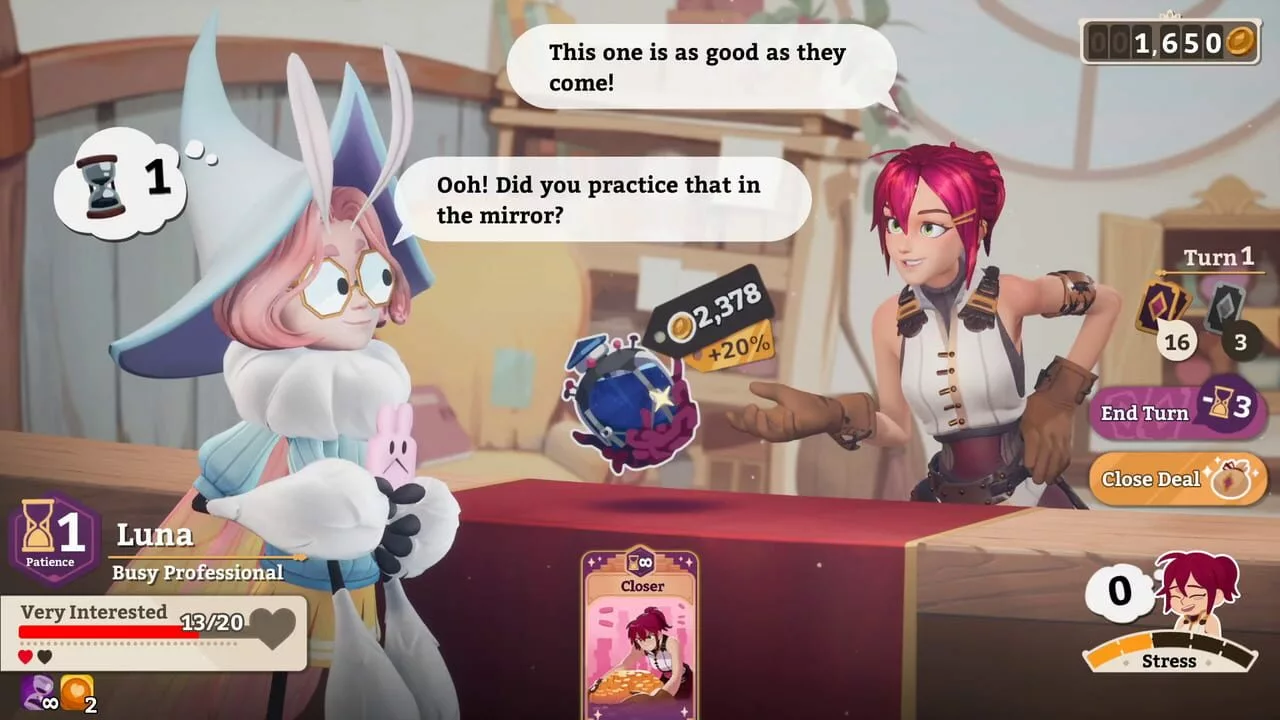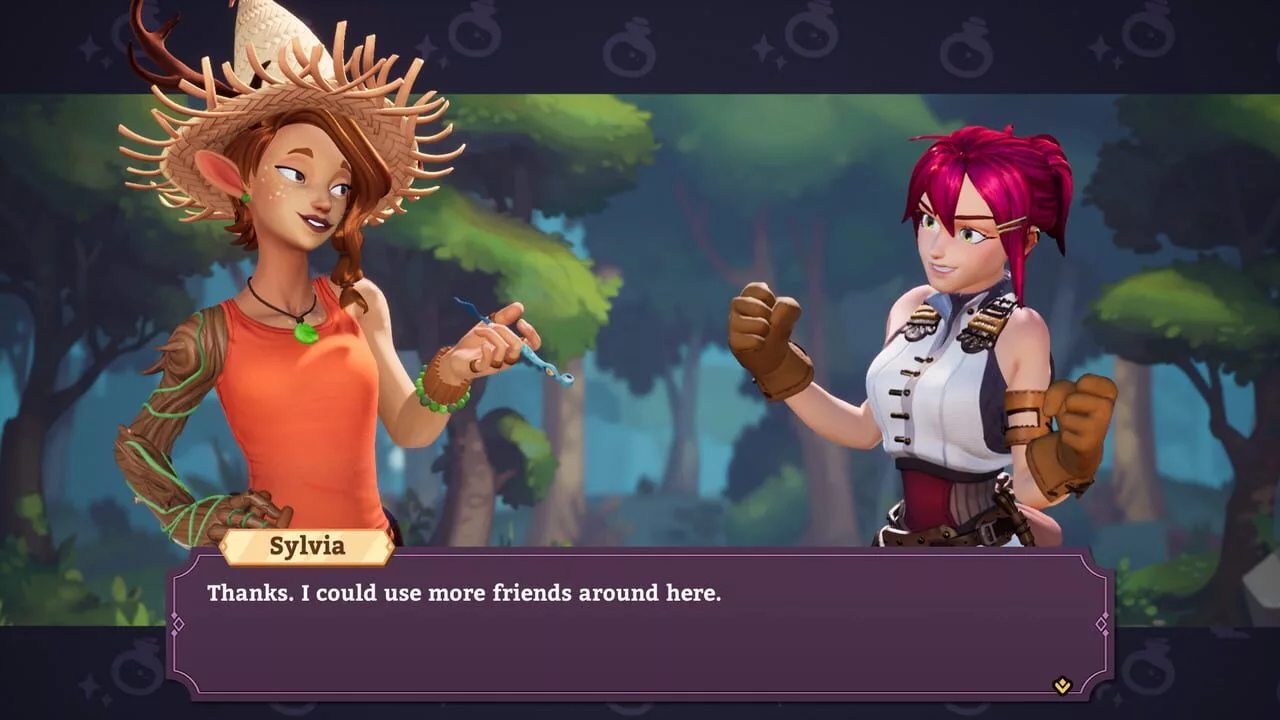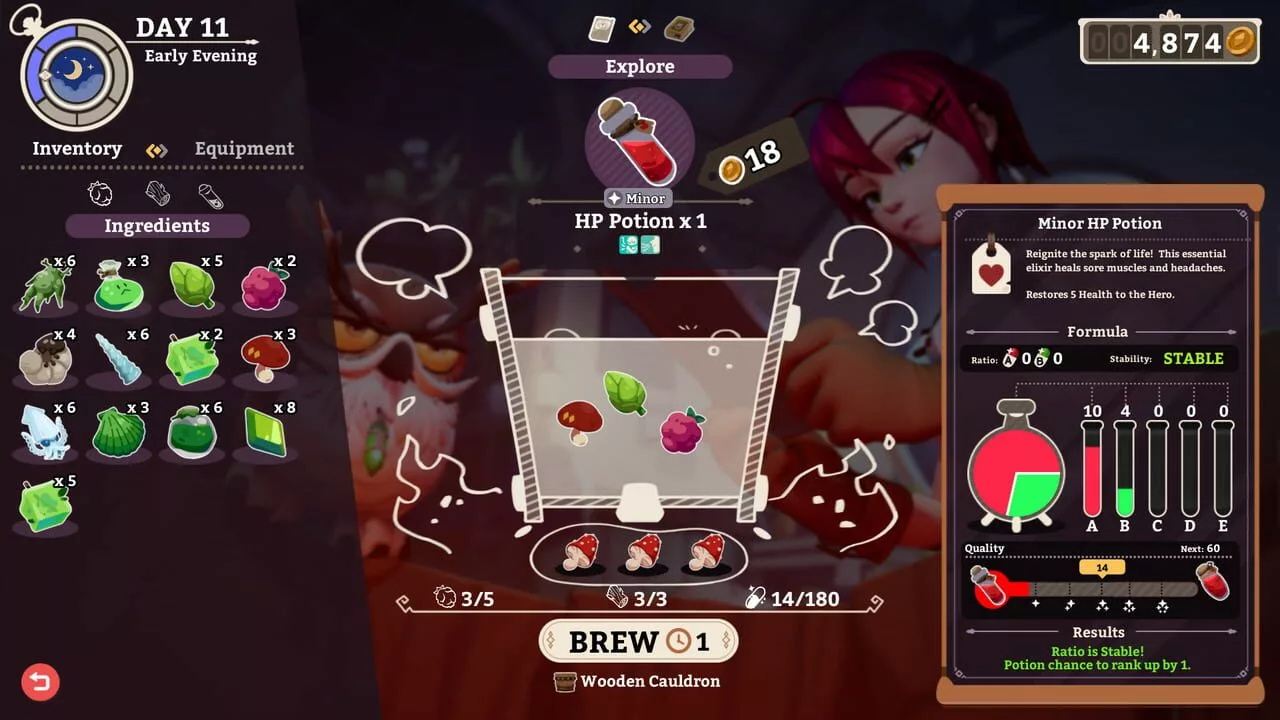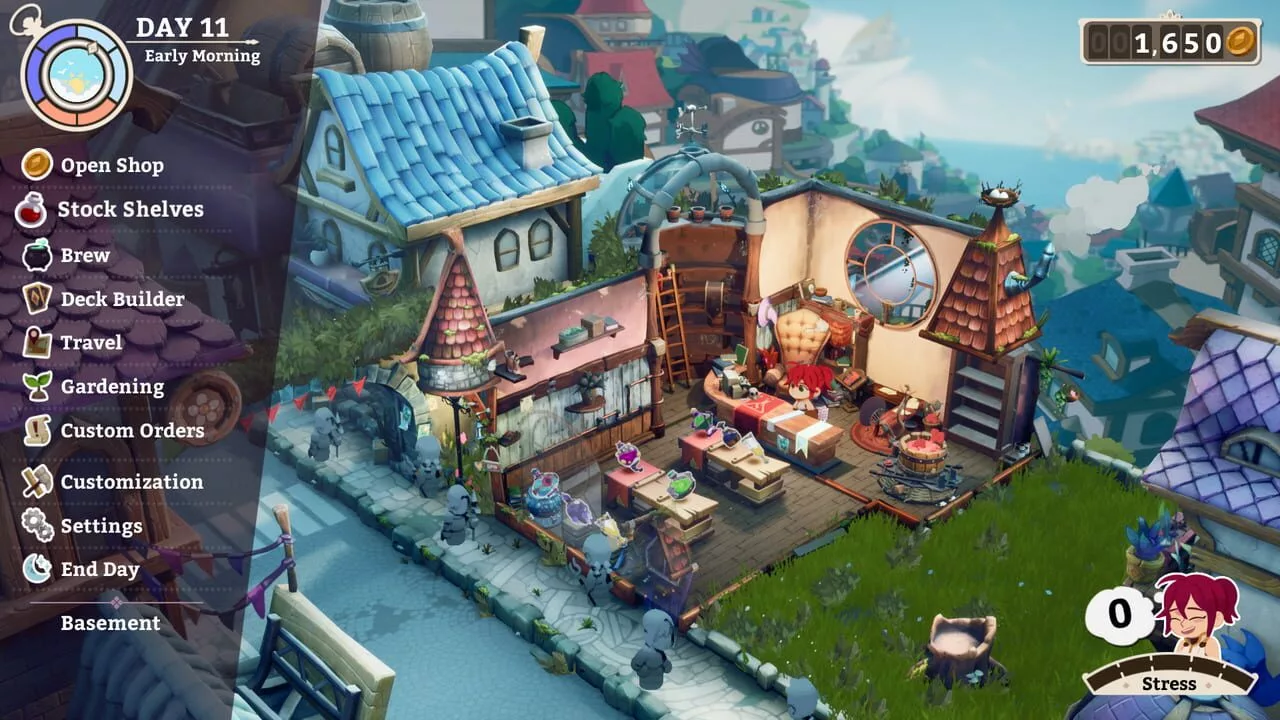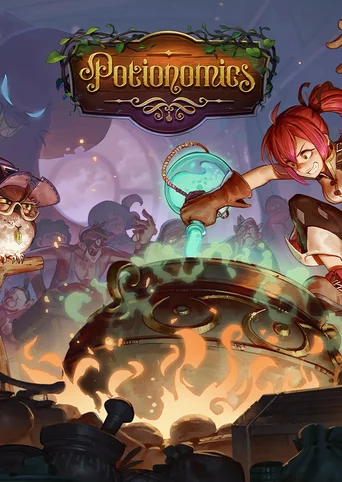
Potionomics (2022)
Genres:Role-playing (RPG), Strategy, Indie, Simulator
Themes:Fantasy, Business
Game modes:Single player
Story:Potionomics is a game about the business of brewing and selling magical potions. Sylvia, a penniless young witch, must save her shop from the clutches of a debt collector, but she can’t do it alone. With the help of fellow merchants, fledgling adventurers, and an overbearing owl, Sylvia will master the art of potion brewing and the nuance of salesmanship to rescue her shop. After using magical ingredients to brew up a bevy of potent wares, the budding entrepreneur will wheel and deal to make sales with a colorful cast of fickle customers, all while tackling fierce competition and an ever-changing economy. Along the way she’ll encounter classic RPG creatures and heroes of all sizes. Sprinkle in some magic and players are in for a fantastical adventure unlike any they’ve ever experienced before!Show more
Vote to bring this game to GOG and help preserve it.45
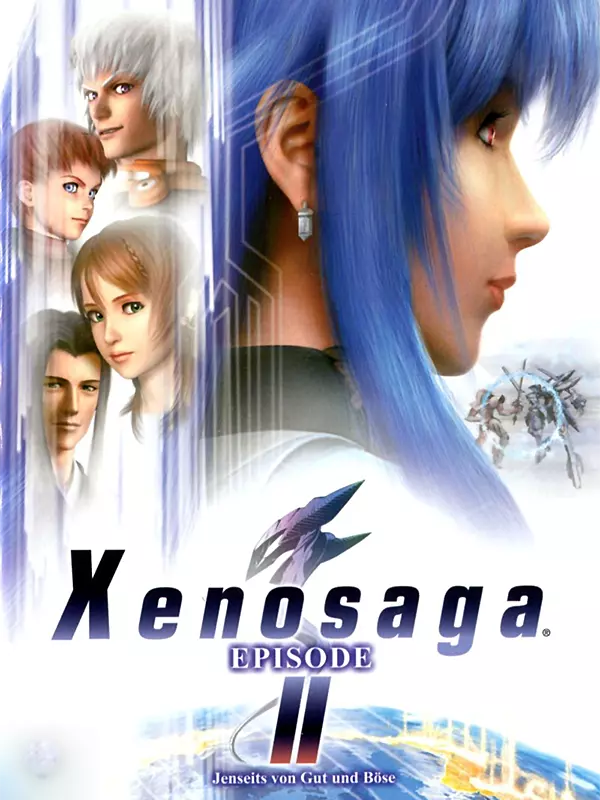
Xenosaga Episode II: Jenseits von Gut und BöseXenosaga Episode II: Jenseits von Gut und Böse is a direct sequel to the first episode of the science-fiction RPG Xenosaga series.Trending Fantasy Science fiction
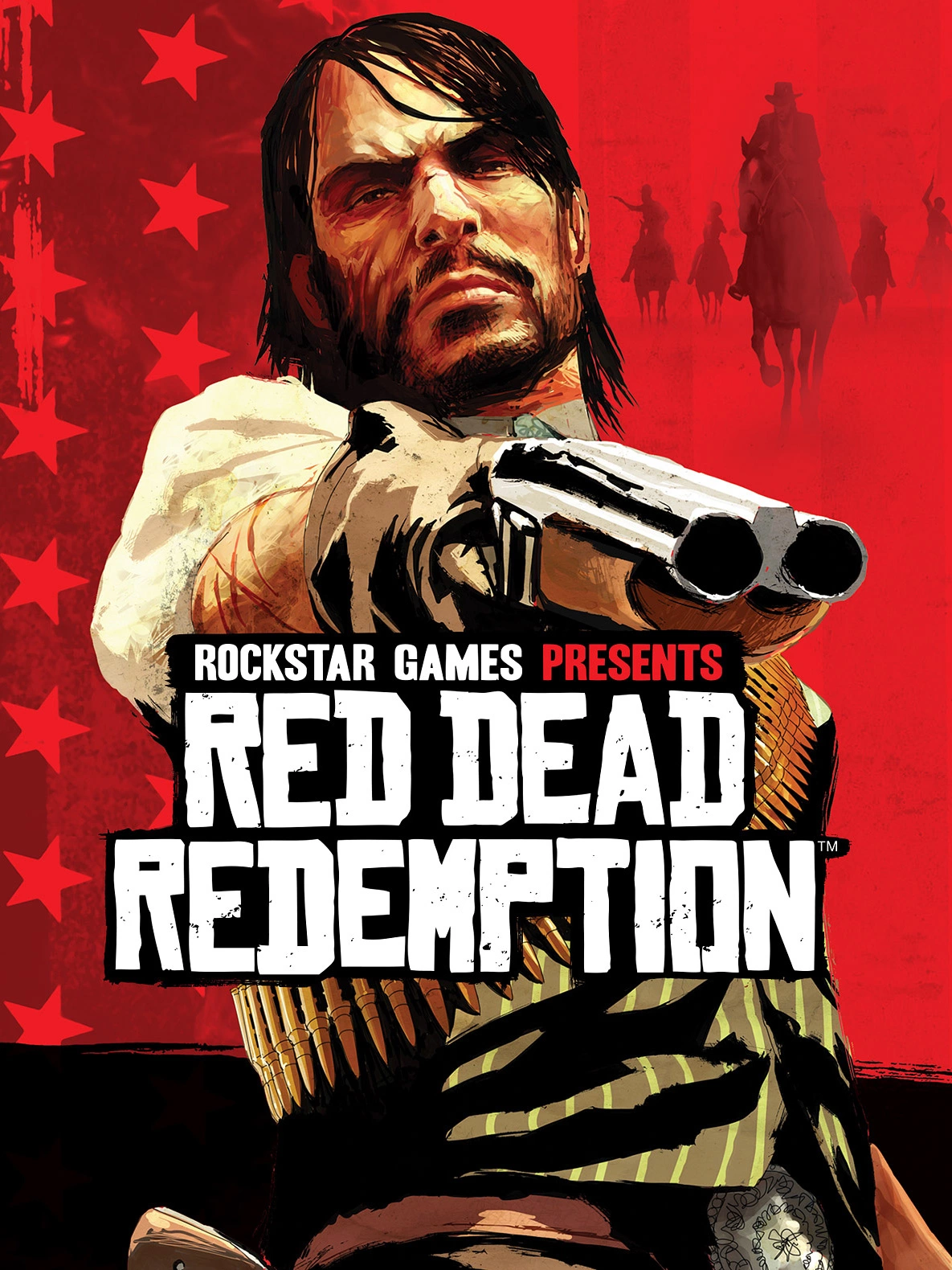
Red Dead RedemptionA modern-day Western epic, Red Dead Redemption takes John Marston, a relic from the fast-closing time of the gunslinger, through an open world filled with wildlife, mini-games, and shootouts. Marston sets out to hunt down his old gang mates for the government, who have taken away his family. Along his journey, he meets many characters emblematic of the Wild West, heroism, and the new civilization.Open world Action Sandbox
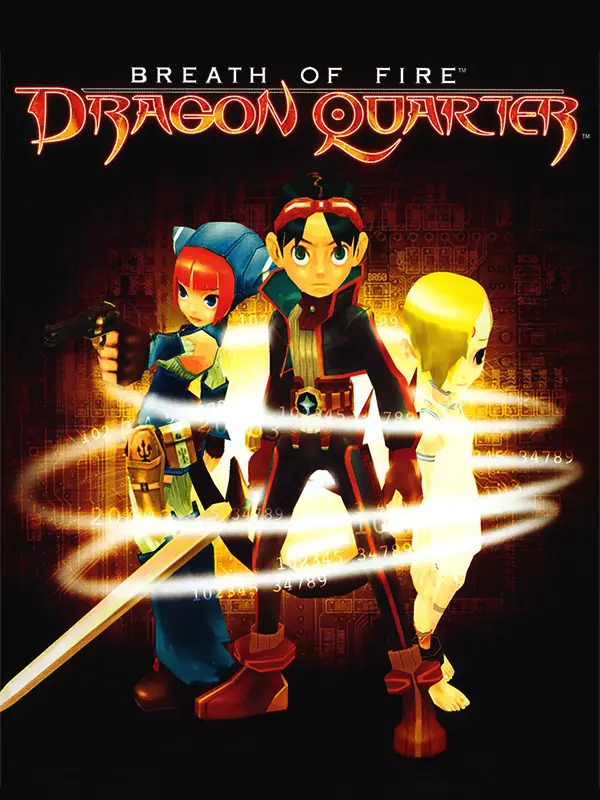
Breath of Fire: Dragon QuarterBreath of Fire: Dragon Quarter is a radical departure from the previous titles of the Breath of Fire series, and in some ways from standard Japanese-style role-playing games in general. The game is built like a huge dungeon crawler, with no overworld map. The combat is tactical: each character has action points (AP), which can be used to move around the screen during an enemy encounter, and perform a variety of combo attacks. There is no magic in the game, and many of the items found in dungeons are random. All the enemies are visible on screen. Depending on who first initiated a physical contact, the party or the enemies get an extra turn in battles.
The game allows (and even encourages) the player to restart it from the beginning, keeping the items and the party experience. The game also features a special counter - Ryu can use his traditional dragon transformation abilities, but the counter raises with each such transformation, and when the counter reaches 100, the game is over. Raising the D-ratio allows characters to access new areas every time the game is replayed.Trending Fantasy
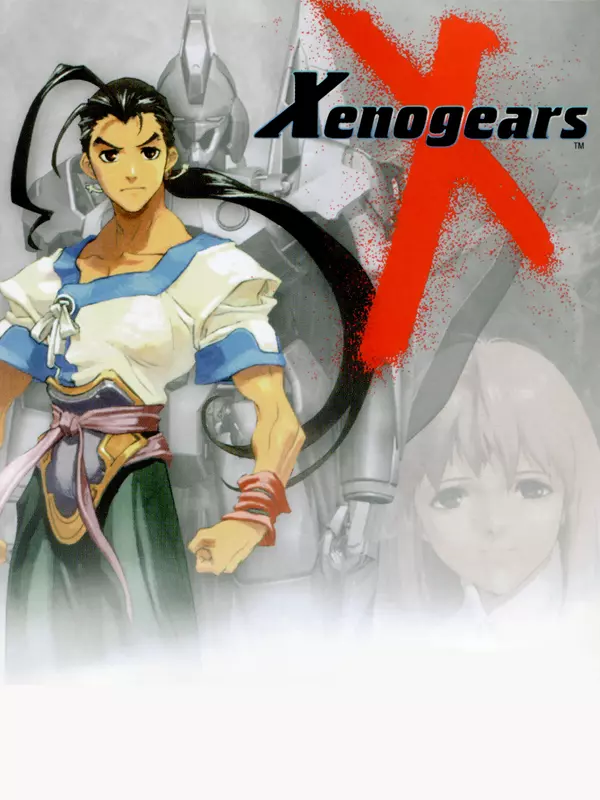
XenogearsXenogears follows protagonist Fei Fong Wong and several others as they journey to uncover the truth behind mysterious, cabalistic entities operating in their world. The principles and philosophies of Friedrich Nietzsche, Sigmund Freud and Carl Jung influence the plot, character design, and world of Xenogears. Additionally, the symbols, theological concepts, and devotional practices of several world religions are represented in fictionalized forms in the game. Major psychological themes are the nature of identity and human memory, particularly as these relate to the phenomenon of dissociative identity disorder. The relationship between humanity and machines is central to the game's plot, as indicated by the presence of giant robots dubbed "gears," which almost each playable character can control.Trending Fantasy Science fiction

DuneDune is a 1992 video game, based upon Frank Herbert's science fiction novel of the same name. Developed by Cryo Interactive, is the first of the Dune computer games. Dune blended adventure with economic and military strategy, and is considered by many the most immersive Dune computer game. Loosely following the story of the novel, the game casts the player as Paul Atreides, with the ultimate goal of driving the Harkonnen from Planet Dune, while managing spice extraction, military, and later, ecology through the native Fremen tribes.
As the player progresses, his troops are equipped with weapons from "crysknives" to atomics, tap into Paul's latent psychic powers, and get acquainted with such characters from the book as Chani and Liet-Kynes.Top Science fiction

Xenosaga Episode I: Der Wille zur MachtXenosaga: Episode I - Der Wille zur Macht, the first chapter of a trilogy, is a Japanese-style sci-fi role-playing game, sharing many common themes and gameplay elements with Xenogears.
The battle system is not unlike the one used in Xenogears (combo attacks, AP and EP gauges, etc.), but random encounters are eliminated. Instead, the enemies are now visible and battles can be avoided. During combat the few upcoming ally and enemy turns are shown onscreen, allowing the player to make strategic decisions based on who will act next. A rolling slot moves with each turn as well, conferring a bonus such as added damage or bonus XP for any action on that turn. If the enemy would be in position to take an advantage then the player can expend a character's "boost" gauge to cut in and act next, although enemies can boost as well, and enemy boosts always over-ride player boosts.
Each character has a unique tree of Ether spells they can learn by spending Ether points earned in battle, with lower spells requiring spells above them to be purchased first. After a spell is purchased, so long is it does not require a unique talent of that character, the spell can also be purchased and learned by any other character that can afford double its normal cost. The Anti-Gnosis Weapon Systems can be equipped with different weapons and accessories and can be used in combat provided that a character has enough AP on that turn to board their AGWS.Trending Fantasy Science fiction
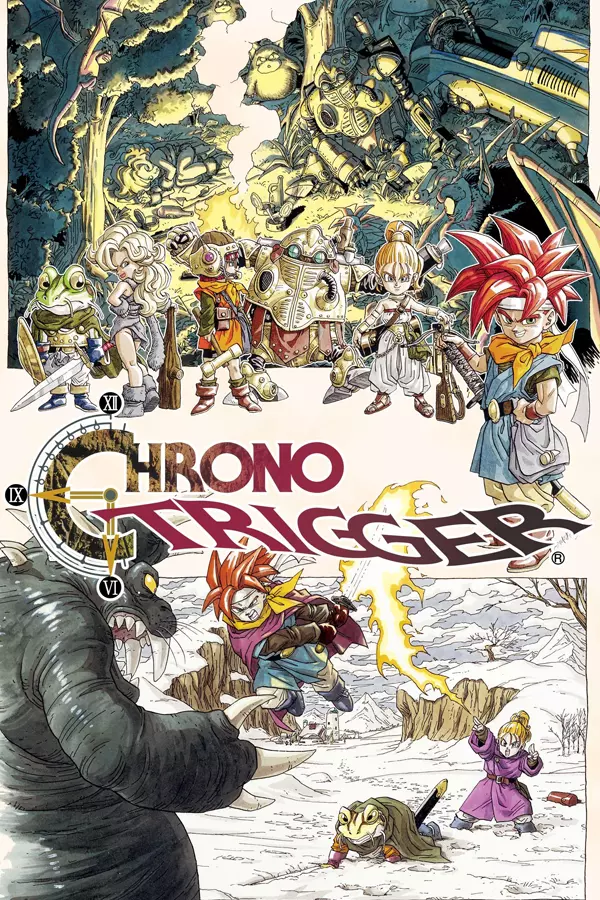
Chrono TriggerIn this turn-based Japanese RPG, young Crono must travel through time through a misfunctioning teleporter to rescue his misfortunate companion and take part in an intricate web of past and present perils. The adventure that ensues soon unveils an evil force set to destroy the world, triggering Crono's race against time to change the course of history and bring about a brighter future.Top Trending Open world Fantasy Science fiction

Tempest RisingTempest Rising seamlessly merges the classic action of real-time strategy (RTS) games from the ‘90s and 2000s with modern production and performance standards. Encounter a battle-scarred 1997 in an alternate timeline where the Cuban Missile Crisis went nuclear. In the fallout from the war, a strange red electrical vine known as Tempest started spreading across the planet and changed the course of history.
Tempest Rising gives players full command as they build up their bases, lead armies into battle, and execute bold strategies to emerge victorious. Experience the story of two different factions across two campaigns with deep and rewarding gameplay that keeps the focus on strategy and skill, with built-in customization options that let players approach the game their own way in both single-player and multiplayer.Action Warfare Science fiction
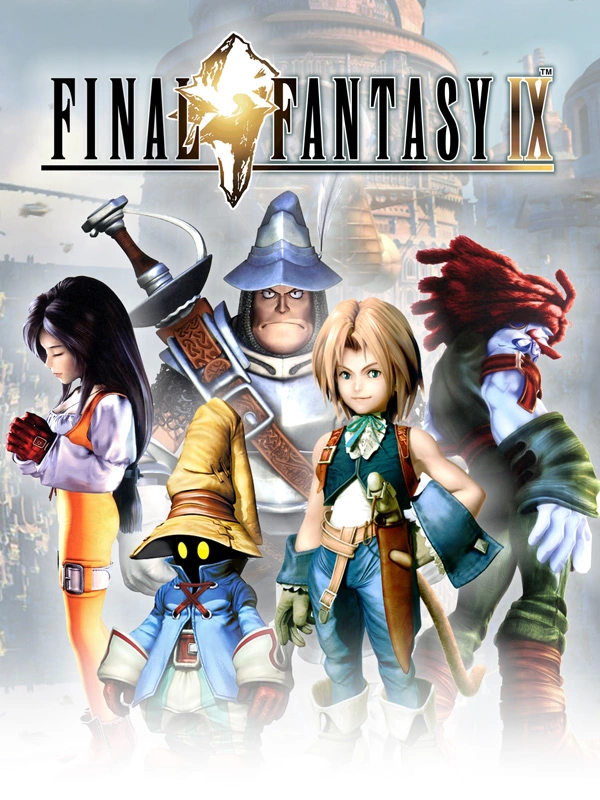
Final Fantasy IXFinal Fantasy IX is the ninth main installment in the FF series. The title is a return to the series's roots, with gameplay features and references to the past games featuring throughout, as well as a medieval fantasy setting and cartoonish art style as a break from the sci-fi slant style of Final Fantasy VII and Final Fantasy VIII.Open world Fantasy Drama
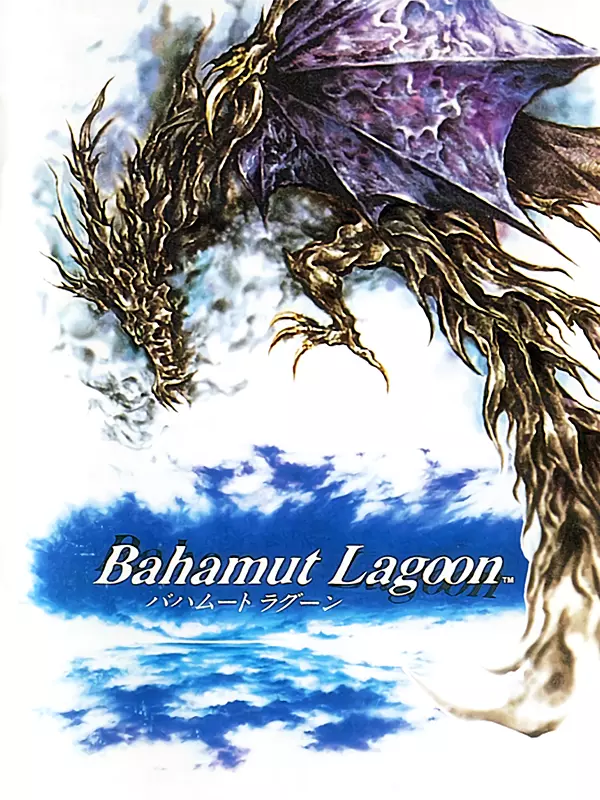
Bahamut LagoonBahamut Lagoon combines RPG mechanics with squad-based combat. Characters have HP, MP (SP for fighter characters), EXP, equipment, stats and class-specific, SP-draining special elemental abilities very much like traditional console RPGs. The player can explore his surroundings, talk to people and visit shops when not in battle, though to a limited degree as there is no world map and no way to leave the current area.
The game's core is its turn-based battles fought on a 2d grid. Characters are assembled into parties of four and the player allowed a maximum of six parties, which are usually well outnumbered. The two opposing sides act in alternating turns so that each party can move once and/or attack once a turn. Attacks are divided into distant and close-up combat. In the former, a party uses a special ability (e.g. casting fireballs, throwing lightning, healing allies) of one of its members at a distance. The range and possible area of effect damage vary per ability. If the attacking party has two or more characters with the same ability, they join in the action to multiply its effectiveness. Distant combat results in less money and generally less damage, but the target cannot retaliate. Distant attacks can also affect the field; fire and ice ignite or extinguish forests and melt or freeze ice, etc. Close-up, each unit in two adjacent opposing parties can act once. Very much like Final Fantasy SNES combat, they can attack an enemy, use an item or a special ability (though these can't be combined and most only affect one target instead of all) or defend.
Dragons are the player's ace in the hole. They have their own stats and gain experience like normal characters do. In battle, each party has a dragon attached to it and draws a large portion of its strength from that of its dragon: if a party's dragon is slain, the party will lose the ability to use special attacks and class-specific abilities for the remainder of the map. The beast acts as a very powerful autonomous unit that moves after its party does and it cannot be controlled beyond very simple commands, e.g. "Come!" Out of battle, dragons will eat anything and raising them by feeding them items is an important part of the game. Feeding can improve their stats as well as affect their behavior on the field, and the dragons develop into new forms as they grow.
The player can change the characters in each of the parties, their formation as well as what dragon represents them at will.Action Fantasy

